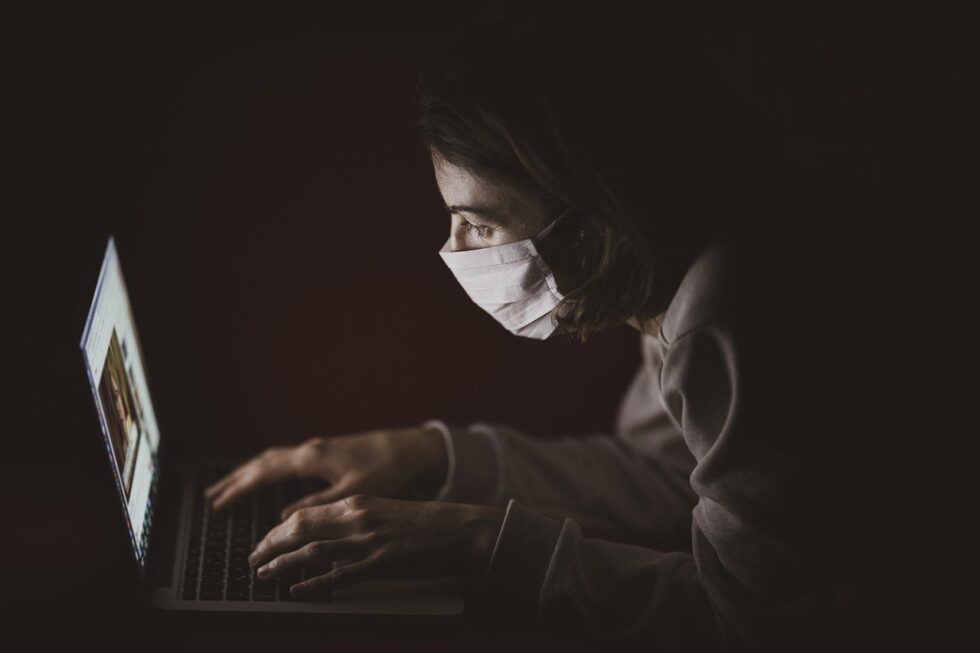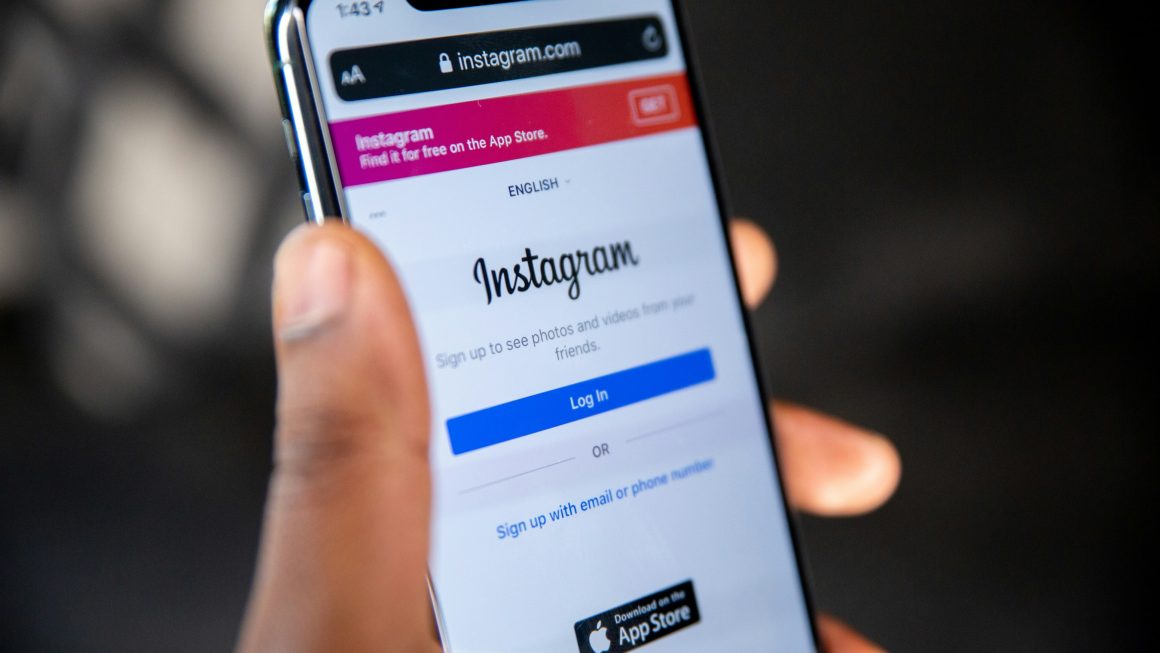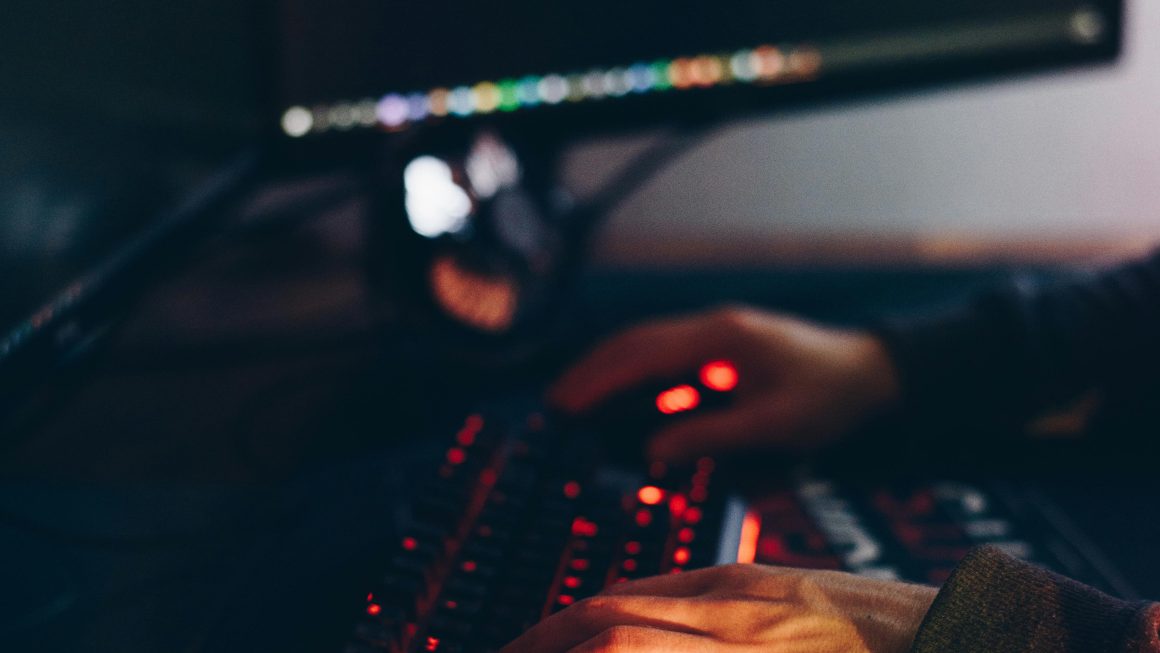Scientists are working hard to learn as much as possible about COVID-19, the novel coronavirus. The conclusions they make could save lives and keep people healthier. Many teams are depending on big data in the coronavirus fight. Here are five fascinating examples of the possibilities.
Tracking How the Virus Spreads
Health researchers must study geographic trends associated with how COVID-19 spreads throughout communities. Understanding them could result in better guidance about how to limit the risks and increase safety.
An international project led by a team at the University of Hong Kong discovered it could use big data to help. The participants tracked population flow data for just over three weeks. Their content included the movement of more than 11 million people traveling through Wuhan, China, to 31 regions and provinces in the country. The researchers’ model explained 96% of the distribution and spread of COVID-19 through the nation.
The team tracked locational data in aggregate rather than individual movements. They used information from mobile phones and included a person in the data if they spent at least two hours in Wuhan during the study. Next, the researchers built a model from that information and created a risk detection method. They forecasted the expected spread based on the number of people arriving from Wuhan — a COVID-19 epicenter.
They compared the reported number of cases per day to the number of expected incidents the model projected. Doing that enabled estimating the threat of community transmission.
This effort is one of many monitoring how the coronavirus moves. Knowing such details in advance can help local and regional authorities make smarter decisions while protecting public health.
Showing COVID-19 Hotspots and Alerting Researchers to New Symptoms
Since COVID-19 is the first coronavirus of its kind, scientists are particularly interested in learning how it differs from other ailments, such as colds and the flu. Many organizations teamed up with tech experts and created crowdsourced symptom tracking apps. They typically ask people to check in with the app, even when feeling healthy.
One app downloaded by more than 3 million people in the United States and the United Kingdom could give researchers valuable clues. It might tell them about suddenly emerging hotspots, prompting public health officials to get to the bottom of what caused the recent uptick.
If large numbers of people start reporting unusual symptoms, the data could encourage researchers to dig deeper and see if COVID-19 causes issues not previously identified. Reputable health sources did not initially list the temporary loss of taste or smell as a sign of COVID-19. Many now do, however, based on recent conclusions.
In one study, scientists found that taste and smell loss made patients 10 times more likely to have COVID-19 instead of other types of infections. They also determined that the symptoms were early signs of the virus and that people showing them had high rates of recovery. Publicly submitted data, such as that captured by symptom-recording apps, could help health experts draw new conclusions about COVID 19 that may have otherwise remained concealed.
Helping Diagnose the Coronavirus Before Testing Confirms It
Opportunities exist to combine big data with other emerging technologies, such as artificial intelligence (AI). Many AI algorithms perform better due to increased information exposure, so they could become more useful over time, provided the data sets contain reliable information.
One successful attempt to blend AI with big data came from a symptom tracker app. The team gathered information from approximately 2.5 million people who regularly sent their data to the app. About one-third of those reported symptoms associated with the coronavirus, while more than 18,000 confirmed positive test results.
The researchers then built a mathematical model that took demographic characteristics, such as a person’s age and gender, and combined them with four frequently seen COVID-19 symptoms. The tool had a near-80% accuracy rate in predicting someone’s likelihood of having the coronavirus before undergoing a test.
This application could be particularly valuable in places where testing supply shortages prevent authorities from effectively screening the people eligible for and requesting tests. It could also encourage more individuals to self-quarantine while waiting for their results, reducing the virus’s transmission capability.
Projecting the Required Hospital Resources
A health system’s resources give glimpses into how well it could deal with coronavirus spikes in the population. One database shows projected deaths, infections and testing statistics. It also reveals the analyses of the approximate total number of hospital beds required, as well as intensive care department and ventilator needs.
If health officials monitor those numbers closely, it should be easier for them to assess how equipped they are to deal with possible quick rises in infections. If the outlooks show the hospitals in a country or region are already under strain, the nation may increase its efforts to get help from other places.
A recent example occurred when people within the German health system evaluated the available equipment, and representatives agreed to take patients from other countries to treat them. People with COVID-19 from Italy and France received medical flights to Germany. Such trips eased some of the strain on hospitals in the individuals’ home countries. However, it could not happen responsibly without accurate projections about health care resources.
Assisting With Contact Tracing
Contact tracing happens when public health workers attempt to reach everyone who spent a prolonged period near a confirmed coronavirus patient. Experts at Oxford University’s Big Data Institute say a mobile app could expedite contact tracing, giving an affected person an instant notification through a text message.
Google and Apple are among the major tech companies working on such applications. This method could streamline a normally time-intensive task.
Achieving widespread adoption of these apps may not be as easy as developers and supporters hope, though. People felt concerned about apps invading their privacy before the coronavirus impacted the world. That worry remains, especially due to questions about the type of information collected. For example, efforts in some countries involved a person’s credit card transactions to track their movements during contact tracing.
Promising Applications, but Caution Is Required
These examples show the abundant potential associated with big data and curbing the coronavirus. Those involved must proceed with caution and strike the all-important balance between public health and privacy.




